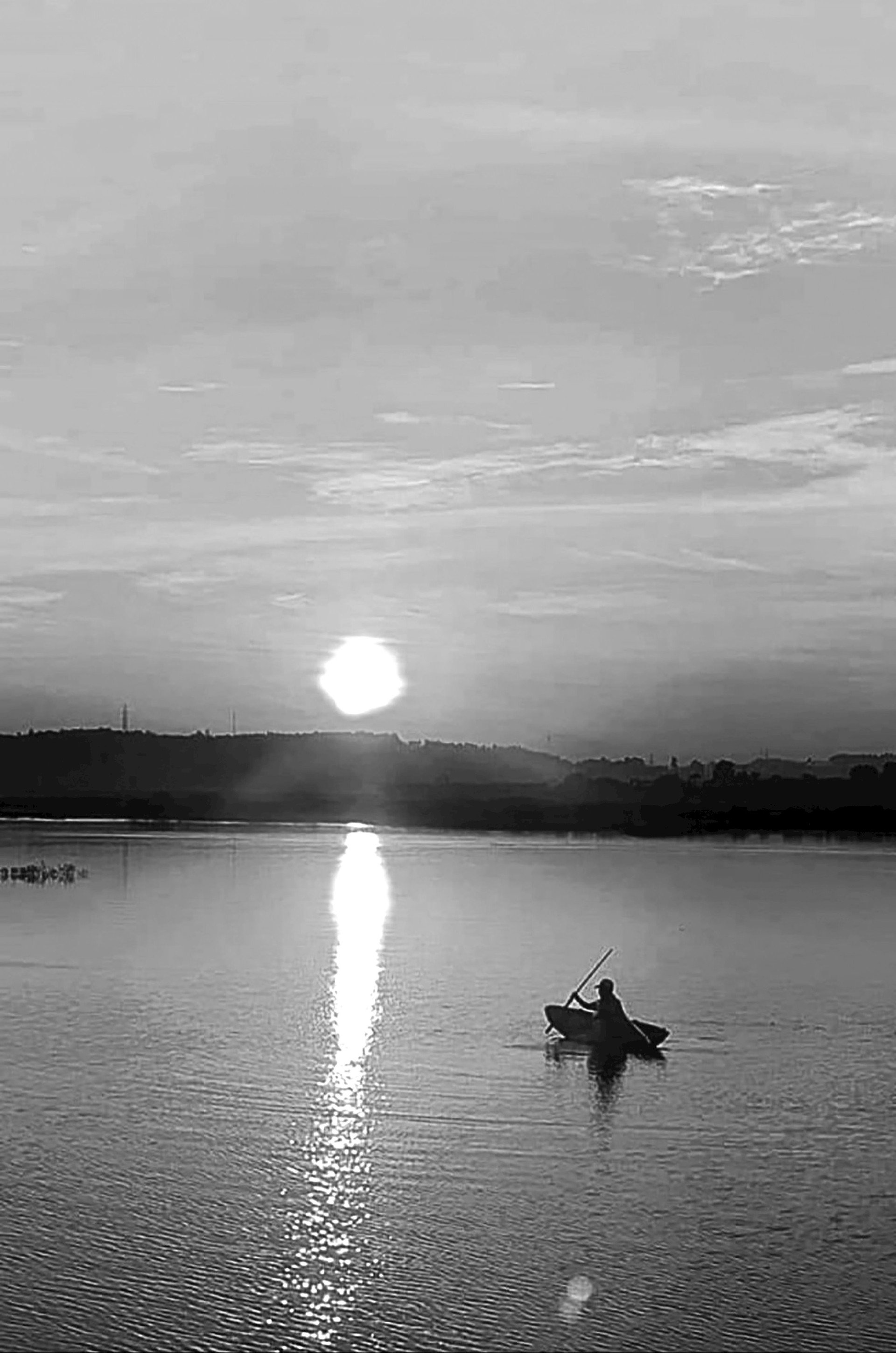
My maternal hometown is in Tam Thanh, now divided into two districts Tam Nong and Thanh Thuy, Phu Tho . Surrounded by two big rivers, the Red River and the Da River, water flows in and out, this area is flooded for at least a few months every year. At that time, the fields were flooded. Therefore, houses were often built on hills. Rice could only be grown once in the winter, and after the summer harvest, the water returned.
The whole region switched to the silver industry. Every household built rafts, fished, cast nets, set traps for carp, and set traps for eels. In addition to the seasonally flooded fields, the region also had deep water fields that never dried up all year round. This was the habitat of all kinds of aquatic animals. Many people in the region often told me about the giant turtle, which could weigh up to 200kg. Later, when I went to school, I learned that it was a soft-shell turtle, the same species as the turtle in Hoan Kiem Lake, also known as the Shanghai soft-shell turtle.
Back then, there were still many turtles, and people occasionally caught them for meat. But it had to be specialized hunters, ordinary people had no way to catch turtles that weighed hundreds of kilograms, with mouths and four extremely strong legs that could break any net.
My grandfather did not participate in catching frogs, although he had eaten them. Besides plowing and harvesting, his favorite thing to do was to set traps, traps, and catch frogs. He caught frogs all year round, except for a few winter months, when the frogs would go into their burrows to avoid the cold.
In the spring, early summer, when the rice has grown green and is as high as a person’s waist, my grandfather begins to prepare his frog fishing gear. The fishing rod is made of hop tree, a small bamboo with a straight, flexible stem. He chooses hop tree with a joint at the size of a big toe, 7-8m long. When the tree is still fresh, he warms it over a fire, bending the rod until it is straight. Then he ties the rod tightly to the house pillar at the beginning of summer to shape it, waits for the hop tree to dry completely before taking it out to use. He attaches a fishing line as thick as a toothpick, with a weight at the end of the line, and then the hook.
At 10 pm, after dinner, my grandfather went to the field to catch frogs. People who have been catching frogs in the area for a long time like my grandfather can distinguish between frogs, toads, and oxbills, just by the flashlight light reflecting off the animal’s eyes. Toads and frogs’ eyes are far apart, while oxbills and frogs’ eyes are close together. “If you want to know which is a toad and which is a frog, pay attention to this feature: Frogs’ eyes are clear, while toads’ eyes have a red glow,” my grandfather said.
But unlike when looking for frogs, when fishing, the angler must absolutely not use a flashlight, avoid making noise, except for the sound of the bait, so that the frog can confidently take the bait. My grandfather often used earthworms, hooked into clumps, lifted up and dropped them with a splash in the flooded rice fields. “The splashing sound, like a small prey looking for food, along with the fishy smell from the earthworms, stimulates the big frogs,” my grandfather said. Many days when he was in a hurry and couldn’t dig up worms, my grandfather caught frogs, hooked the frog’s stomach and used it as bait. Fishing with frog stomachs is also sensitive, the bait is tough and durable, although the bait’s sensitivity is not as good as earthworms.
In the dark, my grandfather wore a conical hat, a basket on his hip, and fished in the vast rice fields. While gently fishing, he suddenly felt the rice roots move, the fishing line tied to the end was heavy, he knew the frog had taken the bait. Counting from one to ten for it to swallow the worm, he shook the end of the rod and lifted it up high. The frog waved its four legs, kicking violently in an attempt to escape. But then it was forced to sit in the basket with its previously caught friends, who were croaking.
Some days he caught 2-3, some days he caught a dozen, enough to cook a pot of frog stew with banana and bean curd for the whole family to enjoy the next night. He always came home around 2am, more or less, so he could go to the fields in the morning.
But that was the dry season. During the flood season, my grandfather caught frogs with a net and rowed a bamboo boat.
Tonight, he let me, his nephew, born in the countryside but raised in the suburbs of Hanoi , tag along to catch frogs.
Tonight is the 16th of the lunar calendar, the moonlight spreads across the vast water field. I don't understand how to catch a frog in waist-deep water. Grandfather said: Watch me catch one and you'll understand.
My grandfather left his tools at the front of the boat, put a flashlight on his head, and rowed gently. I stood at the back watching. Our boat glided between the lotus, water lily, and orchid plants.
Suddenly my grandfather let go of the oars and switched to the long racket. By the light of the flashlight above his head, I saw the frog sitting on a leaf of a banyan tree, facing us. I thought: “If I just touch it lightly, it will jump into the water and disappear.”
My grandfather held the net out in front of the frog and then tapped the oar against the side of the boat. The frog was startled and jumped away, but in the direction it jumped, my grandfather's net was waiting.
My grandfather explained: The frog has its eyes shined with a light, so it doesn't understand what's going on, doesn't know what to do. If you startle it, it will reflexively jump forward and fall into the basket.
That night, my grandfather and I caught more than two kilos of frogs. My grandmother took half to the market to sell, and the rest he grilled so that his city-dwelling grandson could experience the taste of the countryside.
In the blink of an eye, my grandfather has been dead for decades. The Red River and the Da River now have many hydroelectric plants upstream, and my hometown no longer has flooding. As a result, there are fewer groupers, and not many people go out at night to catch frogs in the flooded fields or fish for frogs like in the past. And if they do catch them, they don’t have to be as elaborate or spend days making a fishing rod like my grandfather. They just spend a hundred bucks to buy a retractable rod made of fiberglass and that’s it.
At night, from all over the village, the loud karaoke sounds drown out the chirping of crickets and frogs, which are no longer as numerous as before. The fields that used to be full of moonlit nights are now dry, large trucks have come in to dump dirt for road construction.
Source



![[Photo] Hue: Inside the kitchen that donates thousands of meals a day to people in flooded areas](https://vphoto.vietnam.vn/thumb/1200x675/vietnam/resource/IMAGE/2025/10/29/1761738508516_bepcomhue-jpg.webp)
![[Photo] Human love in the flood in Hue](https://vphoto.vietnam.vn/thumb/1200x675/vietnam/resource/IMAGE/2025/10/29/1761740905727_4125427122470875256-2-jpg.webp)
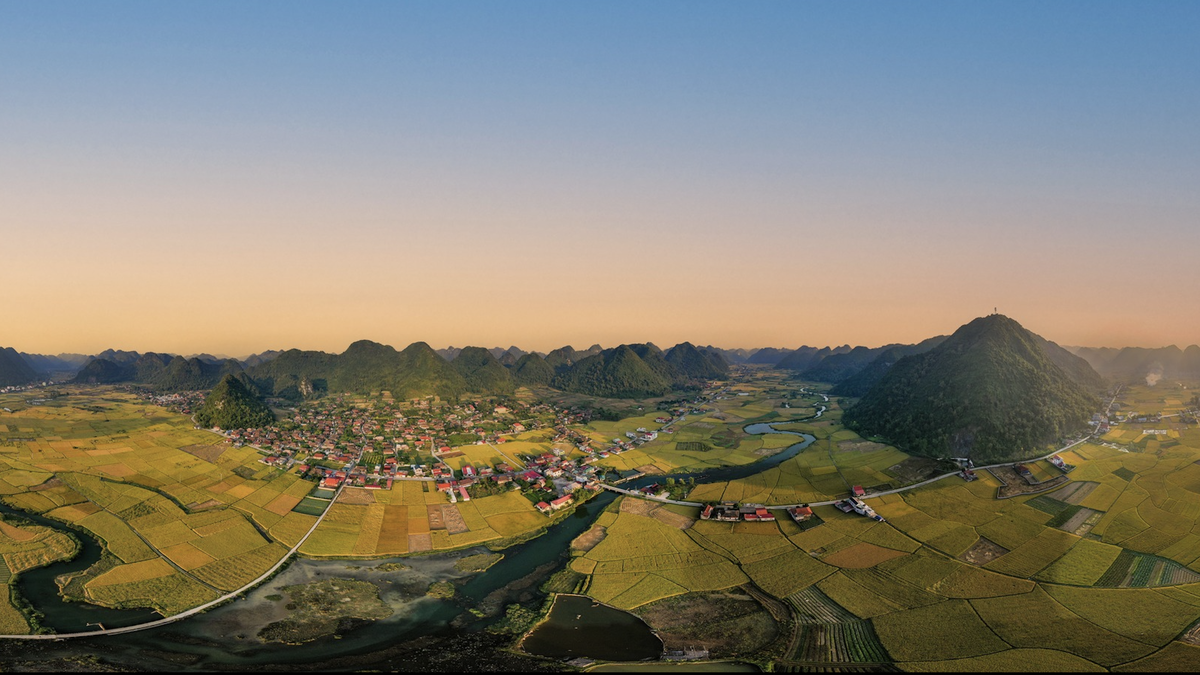
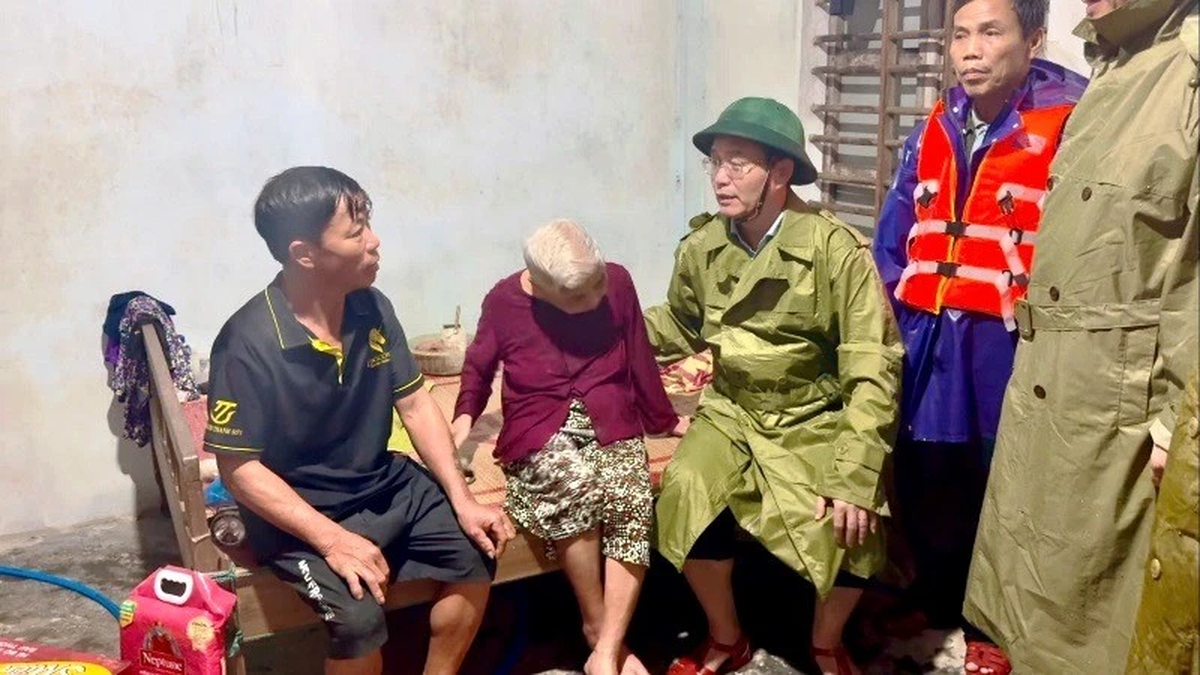
![[Photo] Prime Minister Pham Minh Chinh chaired a meeting to evaluate the operation of the two-level local government model.](https://vphoto.vietnam.vn/thumb/1200x675/vietnam/resource/IMAGE/2025/10/29/1761751710674_dsc-7999-jpg.webp)


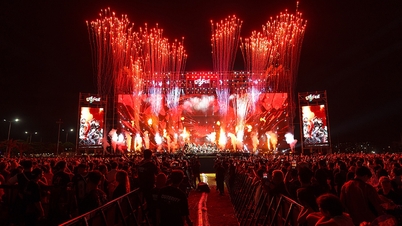
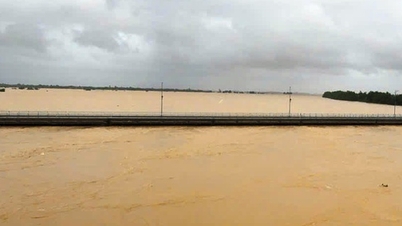

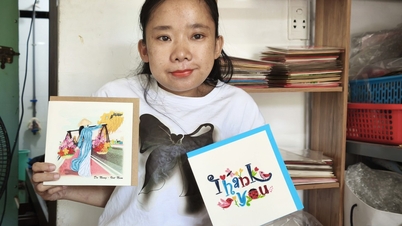








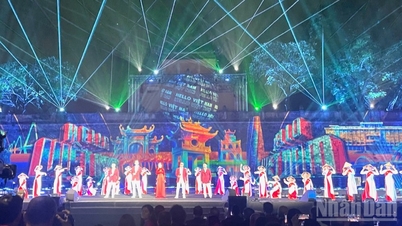



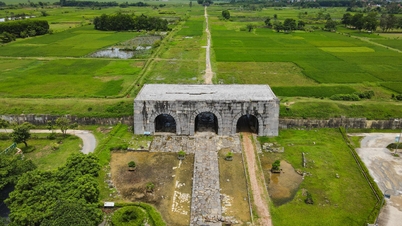













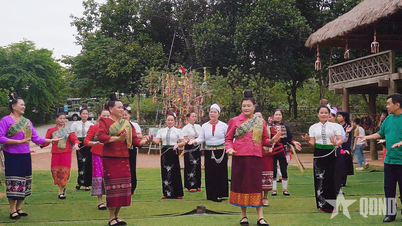

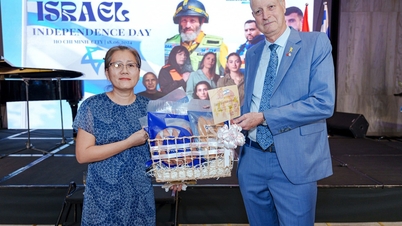

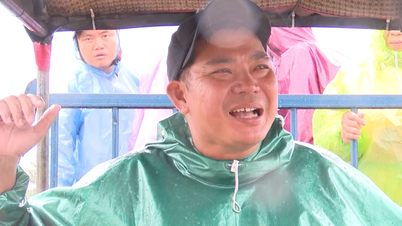




























![[Live] Concert Ha Long 2025: "Heritage Spirit - Brightening the Future"](https://vphoto.vietnam.vn/thumb/402x226/vietnam/resource/IMAGE/2025/10/29/1761743605124_g-anh-sang-am-thanh-hoanh-trang-cua-chuong-trinh-mang-den-trai-nghiem-dang-nho-cho-du-khach-22450328-17617424836781829598445-93-0-733-1024-crop-1761742492749383512980.jpeg)



























Comment (0)